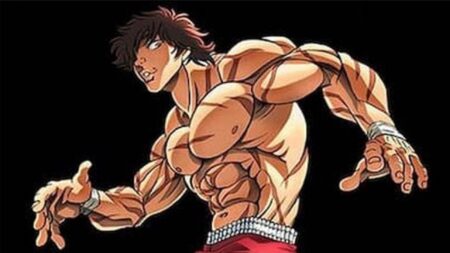Updated on June 4, 3:02 p.m. (GMT+8): Improved relevancy and title.
The Baki pose, derived from the anime series Baki the Grappler, has garnered significant attention in recent times due to its challenging nature and viral appeal among content creators.
This pose, performed by martial arts champion Baki Hanma, has become iconic within the anime and martial arts communities.

Let’s take a look into what makes the Baki pose stand out, why it has gained popularity, and why caution is essential when attempting it.
What is the Baki Pose?
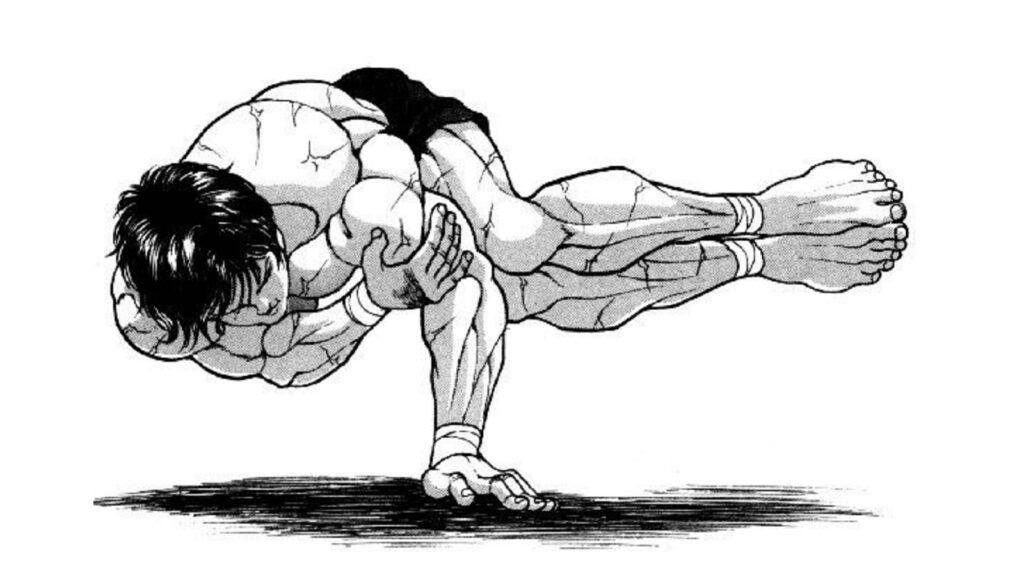
The Baki pose is a distinctive stance performed by Baki Hanma, characterized by its almost side-crow-like position. It showcases Baki’s strength, agility, and martial arts prowess, making it a signature move in the series.
The pose’s visual appeal and association with a renowned character have contributed to its popularity among fans of the show and martial arts enthusiasts.
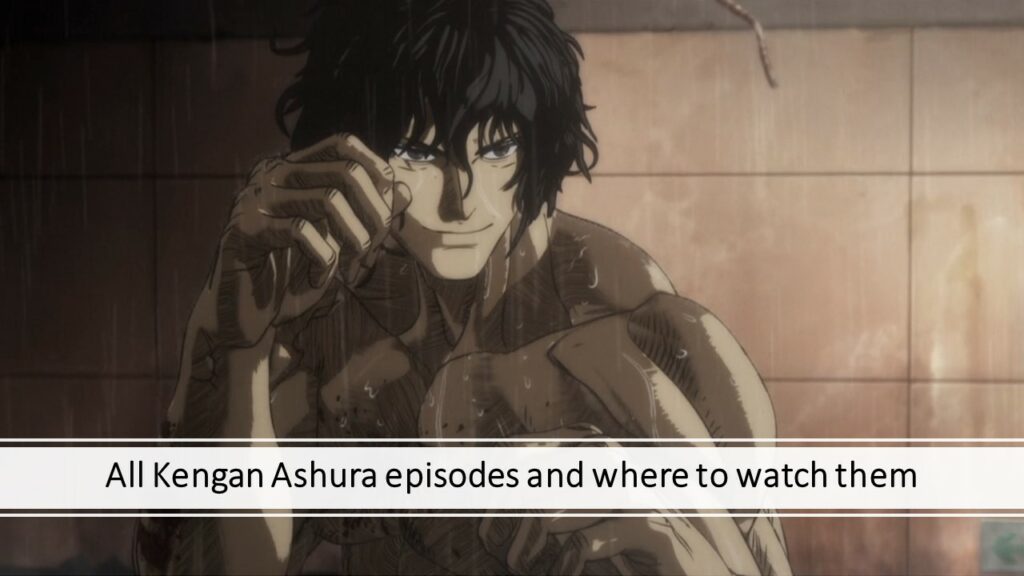
In recent times, the Baki pose has transcended its origins in anime and has become a viral trend on social media platforms.
Many content creators and fitness enthusiasts have attempted to emulate this pose, showcasing their physical abilities and dedication to challenging movements.
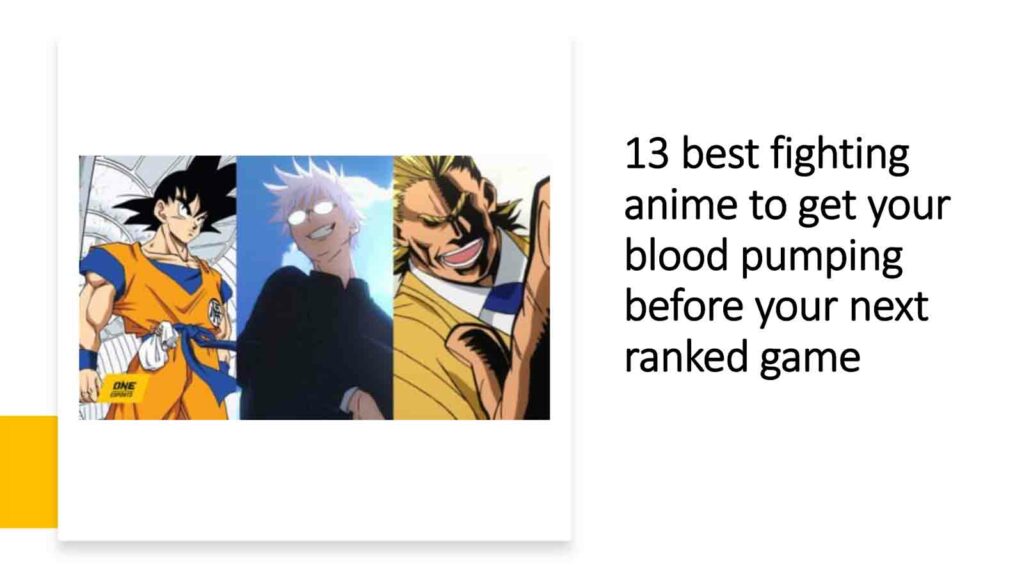
The pose’s difficulty level adds to its allure, attracting individuals looking for new and exciting fitness challenges.
Why you should be cautious when attempting the Baki pose
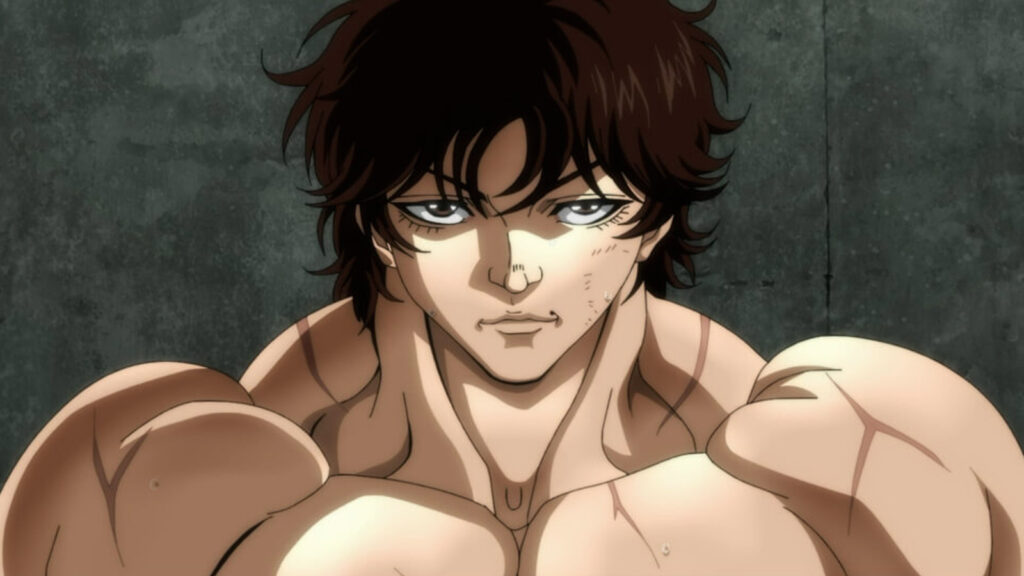
While the Baki pose may seem like a fun and impressive feat, it’s crucial to exercise caution when attempting it.
Unlike traditional yoga poses that have been refined over centuries, the Baki pose is a modern creation without the extensive history and validation of established yoga postures.
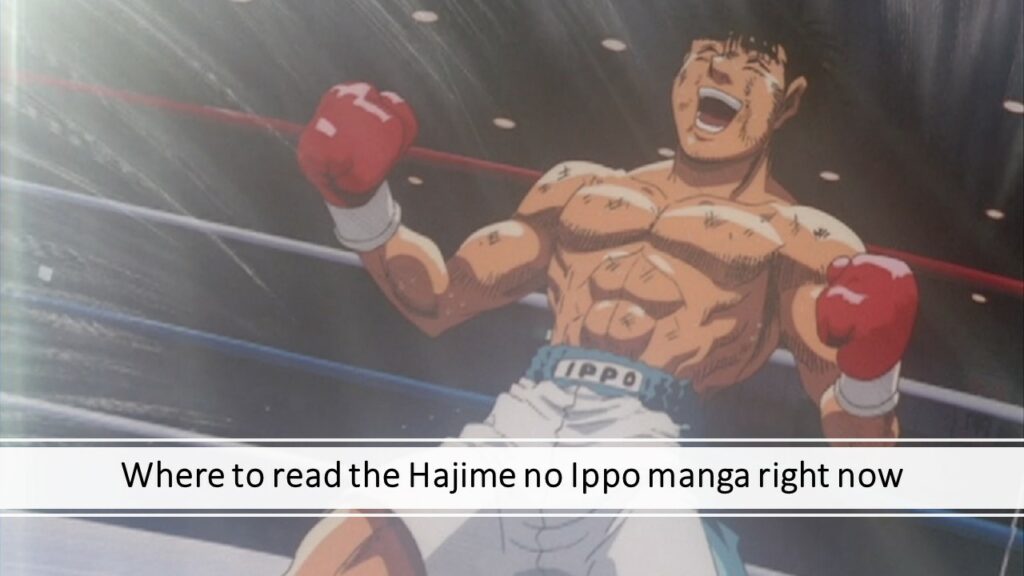
Here are some reasons why caution is advised:
Physical strain
The Baki pose requires a high level of strength, flexibility, and balance.
It places significant strain on the wrists, shoulders, and core muscles, making it unsuitable for individuals with underlying health issues or those not accustomed to intense physical exertion.

Lack of official recognition
Unlike traditional yoga poses recognized by yoga institutions, the Baki pose is not an officially recognized posture.
This lack of formal validation means that practitioners may not have access to standardized guidelines or modifications to ensure safety during practice.

Risk of injury
Attempting challenging poses like the Baki pose without proper guidance can increase the risk of injuries.
These injuries may range from strained muscles and ligaments to more severe issues such as wrist injuries or damage to internal organs due to incorrect alignment or overexertion.
Therefore, prioritize safety above all else. Avoid pushing yourself beyond your limits, and never sacrifice proper form for the sake of aesthetics or social media trends.
READ MORE: Baki Hanma vs Kengan Ashura anime: Release date, characters
